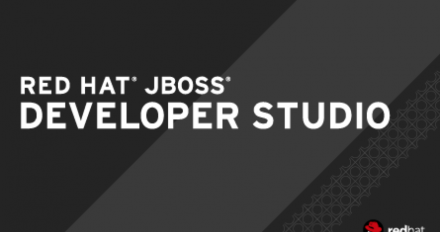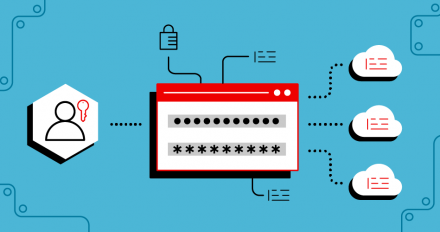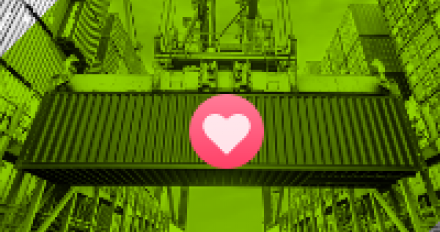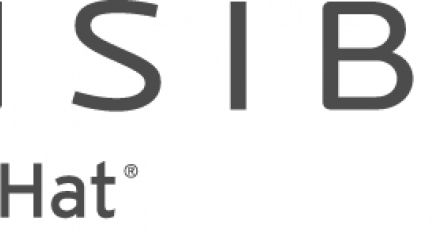
How to containerize your Camel route on Karaf within OpenShift




The release of the latest JBoss Developer Studio (JBDS) brings with it the questions around how to get started with the various JBoss Integration and BPM product tool sets that are not installed out of the box.




















Keen to build web applications for the cloud? Get a quick hands-on introduction to OpenShift®, the open source Platform as a Service (PaaS) offering from Red Hat®. With this practical guide, you’ll learn the steps necessary to build, deploy, and host a complete real-world application on OpenShift without having to slog through long, detailed explanations of the technologies involved.
